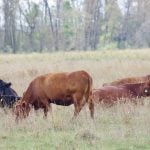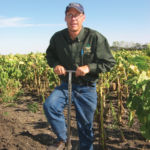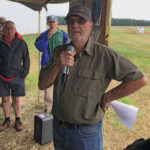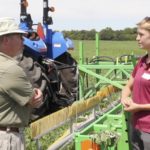
Tag Archives University of Manitoba

Broadcasting nitrogen in fall least efficient approach
It’s also the least environmentally friendly

Manitoba project aids Zimbabwean food security
Hemp Genetics International thinks Canadian and Zimbabwean farmers can learn from each other

4-H beef program aims at breeding over butchering
A small number of 4-H’ers in the Interlake are turning their heifer projects into purebred herds

Getting a jump on fall fertilizer
Recent rain may alter farmers’ plans, just like a dry year to date has

Hog production faces opposing ideologies
Hog Watch holds events opposing legislative changes, Manitoba Pork responds

New grain type yields high in farm field test
Our History: September 1961

Degraded soils cost farmers billions annually
Yet soil care remains a low priority for policy-makers as well as farmers

U of M plant breeder earns international accolades
The University of Manitoba’s Rob Duncan is a rising star in the world of plant breeding and just earned a prestigious U.S. award

VIDEO: Comb-cutting weeds down to size
Crop Diagnostic School: Combcut implement cuts out weeds while leaving crops unscathed

U of M showcases alternative building materials
‘Hempcrete,’ soy-based roof panels and other Manitoba-grown biomass products are tested and evaluated at University of Manitoba’s Alternative Village


